Biography of KH. Abdul Hamid Pasuruan
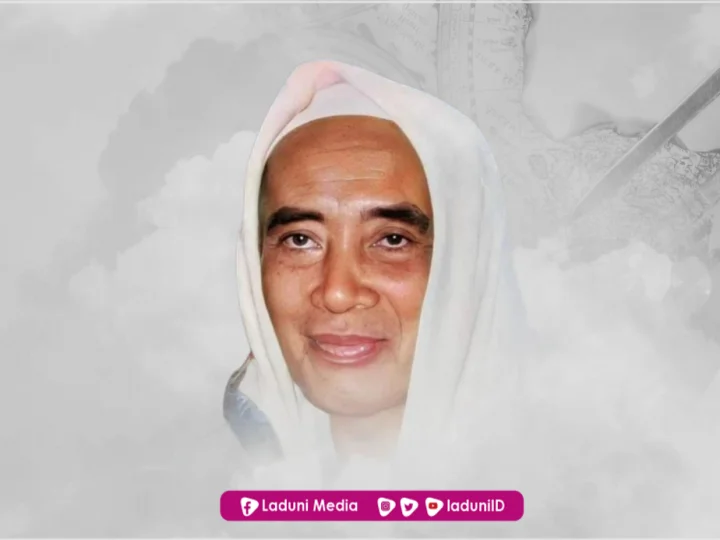
List of Contents
1. Life and Family History
1.1 Born
1.2 Family History
1.3 Passed Away
2. Sanad Knowledge and Education
2.1 Wandering to Gain Knowledge
2.2 His Masters
2.3 Becoming a Caregiver For Pesantren
UNTUK DAPAT MEMBACA ARTIKEL INI SILAKAN LOGIN TERLEBIH DULU. KLIK LOGIN
Masuk dengan GoogleDan dapatkan fitur-fitur menarik lainnya.
Support kami dengan berbelanja di sini:
.png)

![Vaseline Gluta-Hya Serum Burst Flawless Bright UV Lotion [330 mL] + Pro-Age Restore 70x Collagen Body Serum [200 mL] + Free Overnight Lotion [200 mL] Vaseline Gluta-Hya Serum Burst Flawless Bright UV Lotion [330 mL] + Pro-Age Restore 70x Collagen Body Serum [200 mL] + Free Overnight Lotion [200 mL]](https://images.tokopedia.net/img/cache/200-square/VqbcmM/2025/1/23/68c10510-6696-43b8-bdf7-7b8be5899c7d.jpg?ect=4g) Rp155.300
Rp155.300
 Rp201.000
Rp201.000
 Rp25.900
Rp25.900
 Rp46.000
Rp46.000


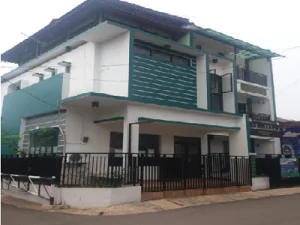



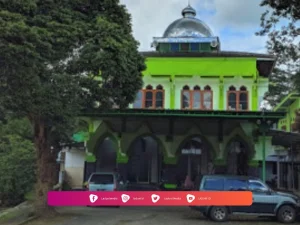
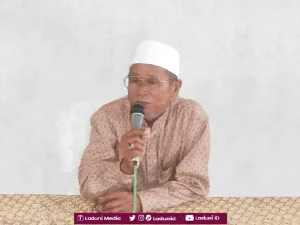

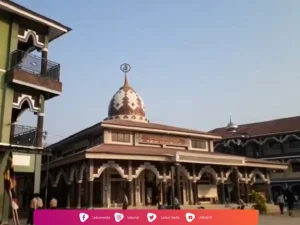
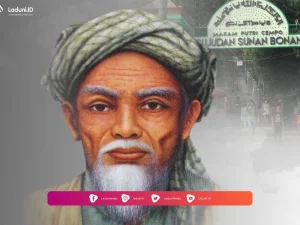

Memuat Komentar ...